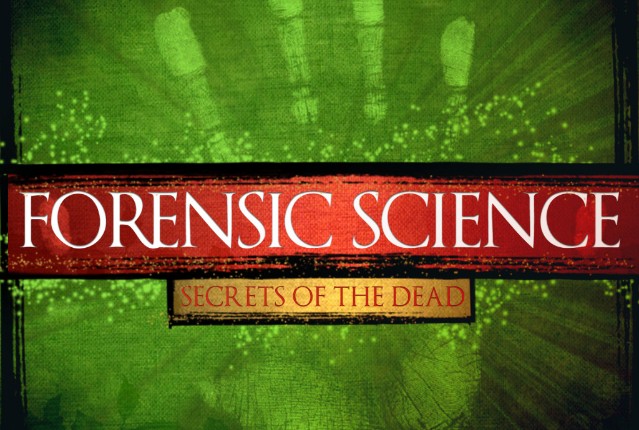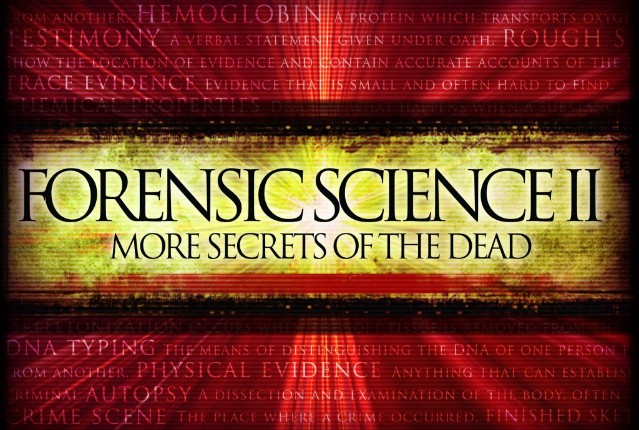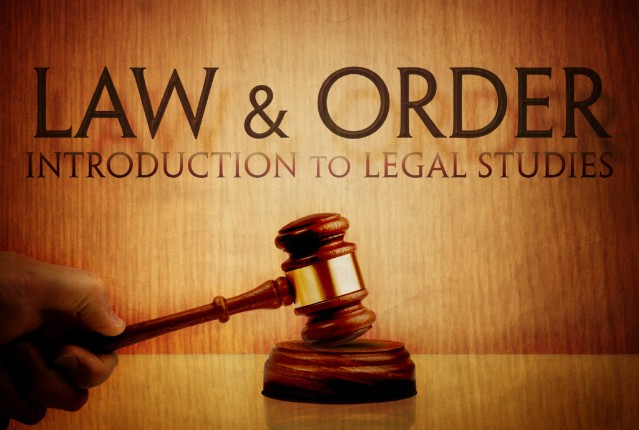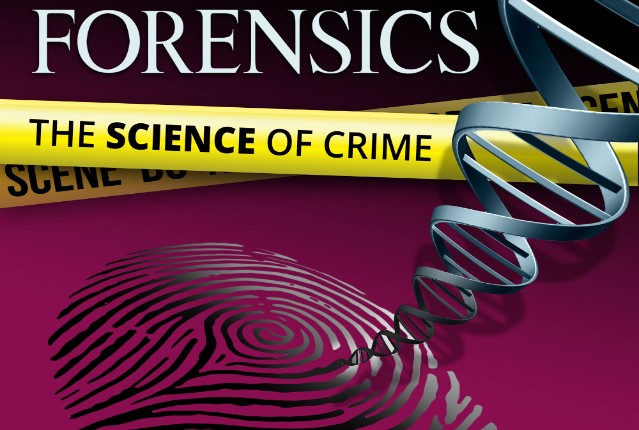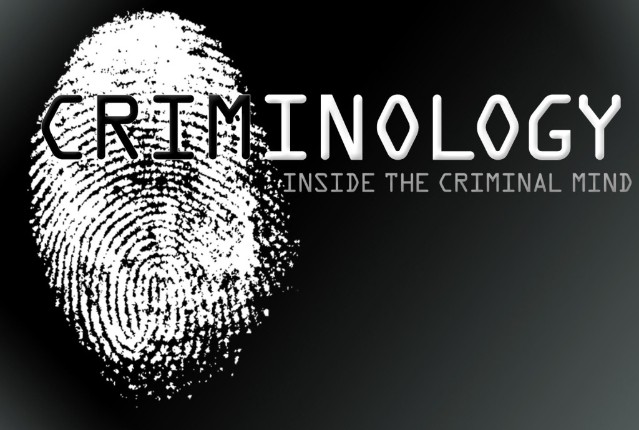
Criminology: Inside the Criminal Mind
Why do certain people commit horrible acts? Can we ever begin to understand their reasoning and motivation? Perhaps. The mental state of a criminal can be affected by many different aspects of life: psychological, biological, sociological, all of which have different perspectives and influences. Investigate not only how these variables affect the criminal mind but also how crimes are investigated and handled in the criminal justice system.
Review course outlineAccess for a year
USD 299.00*
* Choose more courses to get a discount
